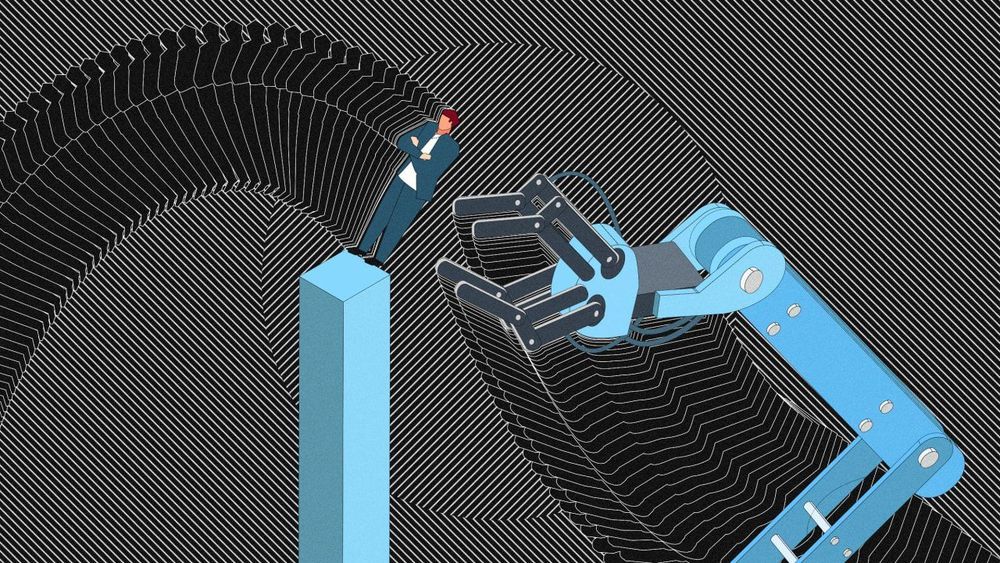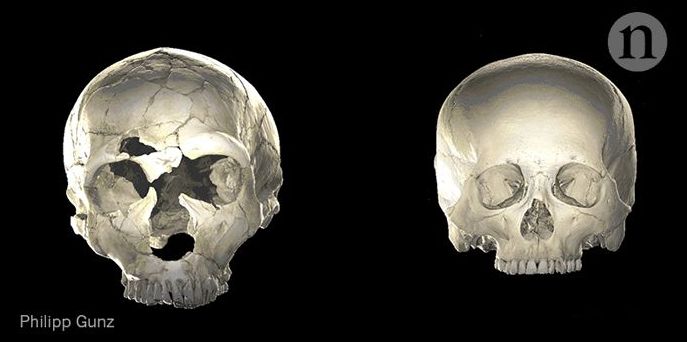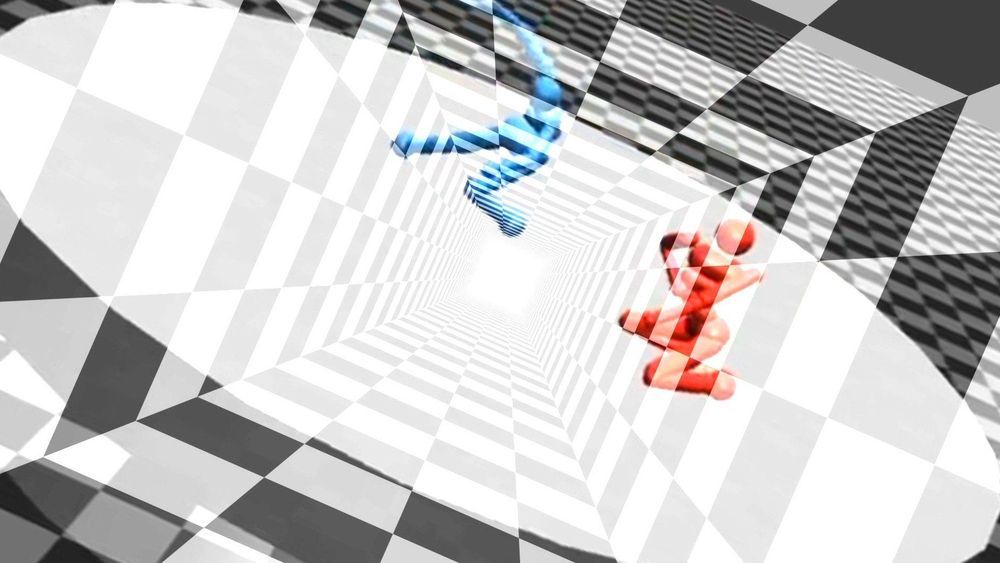New research suggests it’s about ‘hubs’, not specific brain regions.
A robot might be great at its job. But that’s not enough to engender trust.
[Source Image: z_wei/iStock, AlfazetChronicles/iStock].
Gene variants acquired through interbreeding seem to give some people with European ancestry more elongated brains. Gene variants acquired through interbreeding give some people more elongated brains.
WASHINGTON — L3Harris has been awarded a 10-year $1.2 billion contract by the U.S. Space Force’s Space and Missile Systems Center to maintain and modernize the military’s network of space surveillance sensors.
The award is for a new program named MOSSAIC, short for maintenance of space situational awareness integrated capabilities. The selection of L3Harris was announced Feb. 25 on the beta. SAM.gov federal contracting opportunities website.
MOSSAIC replaces a previous contract that Harris (before it merged with L3) had held since 2002 to maintain the Air Force’s network of telescopes — known as the Ground-based Electro-Optical Deep Space Surveillance System — that track objects in geostationary orbits. Now under control of the U.S. Space Force are three GEODSS sites — on the island of Diego Garcia in the Indian Ocean; at the White Sands Missile Range, New Mexico; and in Maui, Hawaii.
the photo series by vintner and fletcher illustrates three gradual stages of transhumanism from ‘testing ground’, ‘patient zero’ to ‘humanity 2.0’. at the lowest tier, ‘testing ground’ looks into individuals who have created wearable technology to expand their human abilities, improving everything from concentration to mental health.‘patient zero’ studies those who have taken permanent action to become half human and half robot. in the final chapter, ‘humanity 2.0’, the transhumanist subjects focus on life extension and immortality.
Adversarial attacks against the technique that powers game-playing AIs and could control self-driving cars shows it may be less robust than we thought.
Tesla Model Y deliveries draw closer and the Cybertruck appeals to police. When is a 600-mile Model S arriving? It’s Musk Reads: Tesla Edition #146.
A version of this article appeared in the “Musk Reads” newsletter. Sign up for free here.
CHATTANOOGA, Tenn. — Who needs a mate? Certainly not a female Komodo dragon at a Tennessee zoo.
Scientists uncovered a new state of matter that could lead us to many exciting new forms of quantum computing and teleportation.









